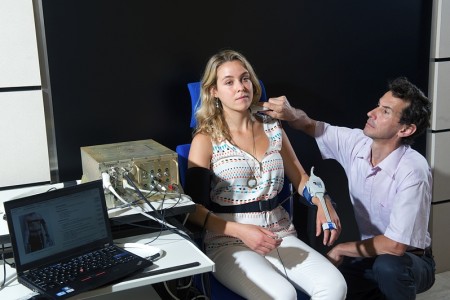On 19 July, 19th, 2019, the Chinese space station Tiangong-2 initiated its atmospheric re-entry heading right into the Pacific Ocean. The latter carries Cardiospace and a set of electronics co-developed by CNES and EREMS.
Jul. 19 - Tiangong-2 orbital station last moments in space


End of mission for Tiangong-2
Tiangong-2 is a Chinese space lab launched on September, 15th, 2016 which aimed to set the stage for a future orbital station. This mission involved numerous technological demonstrations like the arrival of 2 taikonauts in 2017 and three supplies by Tianzhou-1. The nearly three-year long activity period of Tiangong 2 has exceeded the Chinese teams original expectations. By initiating its atmospheric disintegration today, the CMSA (China Manned Space Agency) made sure of a controlled end of life unlike Tiangong-1 in 2016. Building on its recent success, China is currently working on Tiangong-3 said to be launched in 2022. The latter will be equipped with Cardiospace 2, currently under development at EREMS.
Cardiospace’s first results
Supporting CNES in providing the Tiangong-2 equipment, EREMS was entrusted the mastery of Cardiospace, an instrument enabling the study of weightlessness effects on the human cardiovascular system. For instance, blood microcirculation and macrocirculation has been monitored using an ultrasonograph and a Doppler laser. Cardiospace observed endothelial vascular disorders at the cutaneous microcirculation level for the first time during a space flight.
